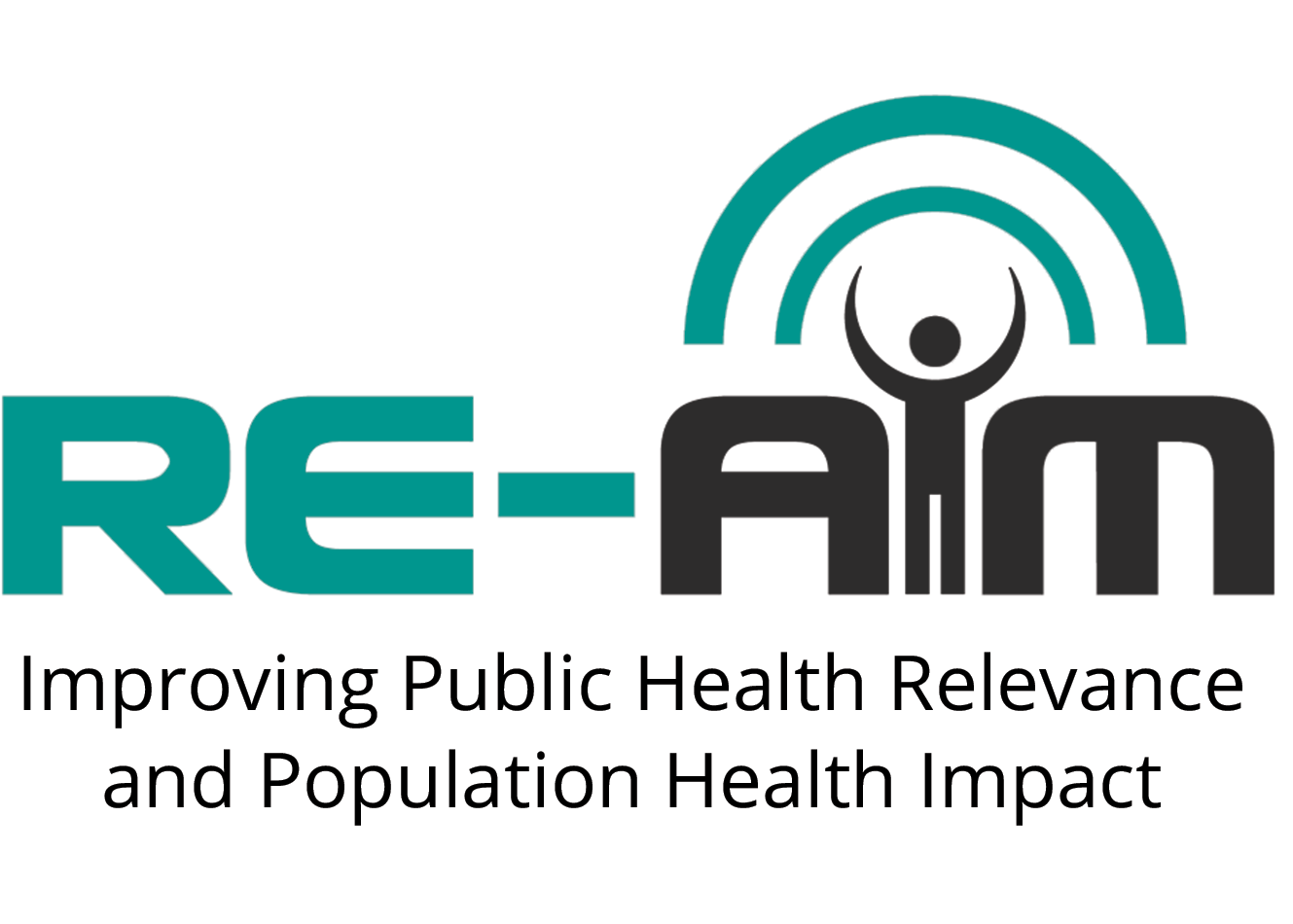Improving Adoption
ADOPTION is the absolute number, proportion, and representativeness of settings and staff who are willing to offer a program. Think of ADOPTION as REACH at the organizational, setting, or intervention delivery agent level.
As you develop strategies to improve ADOPTION, think of what you can do so that decision makers – in organizational, clinical, or community settings – find it easy to answer yes to these two questions:
- As an organization, will we add value to our service and mission by offering this program?
- Does our organization have the capacity, resources, or expertise necessary to deliver the program?
It is best to address both of these questions during the formative stages of program development. To do this, involve targeted organizations, settings, and the people whom you expect to deliver the program during the formative stages.
The characteristics of your target settings and people who will deliver it, i.e., delivery agents, will determine what is best for your program. Read our suggestions and select strategies that best fit your situation.
Steps to Improve Adoption
- Understand the system that you anticipate will use the program.
- Identify the organizational mission and determine how, or if, your program will support and promote it.
- Visit a site or two to get a feel for how the system works.
- Identify existing resources and practices that would make it easy to deliver the program. This should include assessing the expertise level of employees who could deliver the program
- Include organizational decision-makers in the formative stages of program development.
- Meet with decision-makers to discuss potential barriers to having their settings adopt the program.
- Work together to determine strategies that would overcome concerns regarding program adoption.
- Be prepared to provide information about the cost of delivery. Unfortunately, even if your program is effective and positive, its cost will have a large impact on whether or not settings adopt it. Including organizational representatives in the formative planning can provide a chance to discuss cost issues. If necessary, you can provide alternative plans that are better suited to how and by whom the program will be delivered.
- Provide data that demonstrates the reach, effectiveness, and ease of delivery.
- Consider the organizations that you anticipate will adopt the program and highlight the program’s ability to attract people served by those organizations.
- Provide data on the effectiveness of the program. The bottom line, after cost, is “Does the program work?” Provide information to demonstrate that it does.
- When developing a program, pay attention to cost issues. You can enhance adoption by providing inexpensive, yet detailed intervention and training materials. Making them easy to duplicate and to use, regardless of the setting or delivery agents, will enhance adoption.
